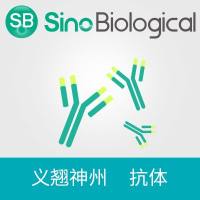Physiological Assessment in Stroke Research
互联网
559
Stroke is the third leading cause of death and the number one cause of disability in the adult population in the USA. With an average of one victim every 40 s, almost 795,000 individuals experience a stroke every year. Over the past 30 years, substantial progress has been made in stroke prevention, diagnosis, and therapy. Research on experimental animal models of stroke has shed light on the cellular and molecular mechanisms of brain damage and repair and has revealed numerous potential therapeutic targets. However, many drugs that show significant neuroprotection in animal models fail clinical trials in humans. Thus, it is absolutely necessary to bridge the gap between animal models and the human condition in stroke and to robustly evaluate neuroprotective agents at the preclinical stage to reduce the risk of failure in clinical trials. An important factor that usually goes unchecked in animal studies is the control of physiological parameters and vital signs. In basic and translational stroke research, appropriate collection and analysis of physiological data are key components for controlling factors that can impact infarct volume and the cellular response to stroke. This chapter focuses on those common physiological techniques used in both basic science studies and in the clinical care of ischemic and hemorrhagic stroke. This chapter covers techniques of blood pressure and heart rate measurement, temperature monitoring, cerebral blood flow, and a collection of basic laboratory studies.





